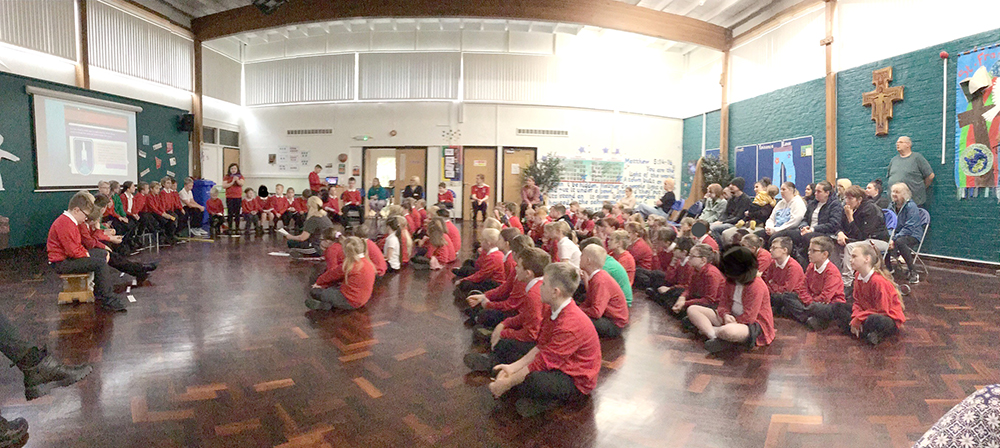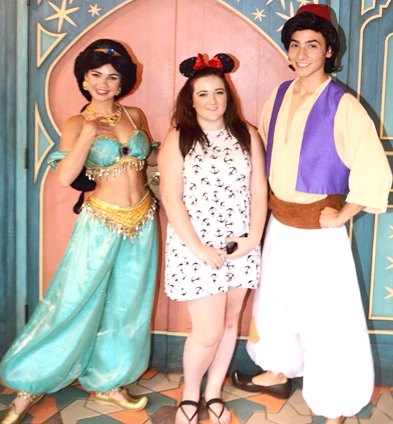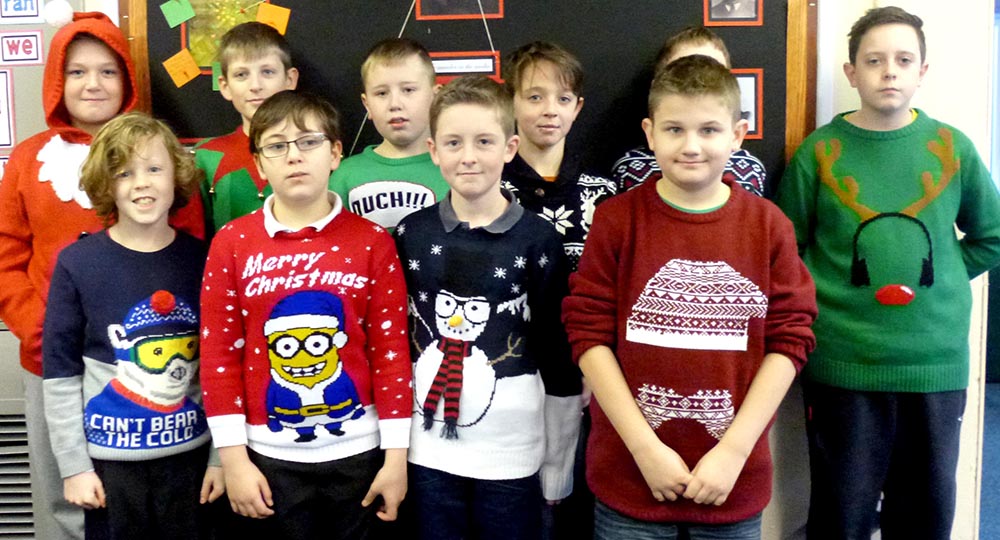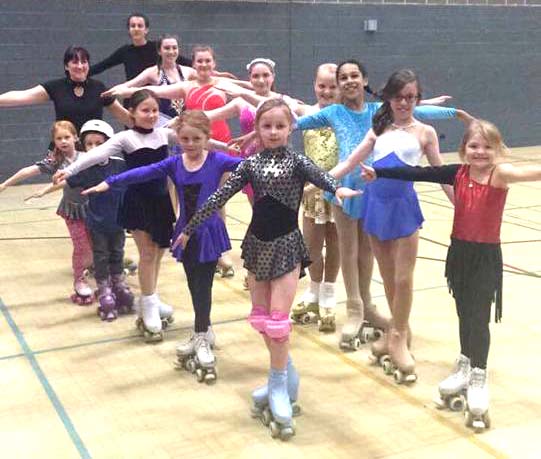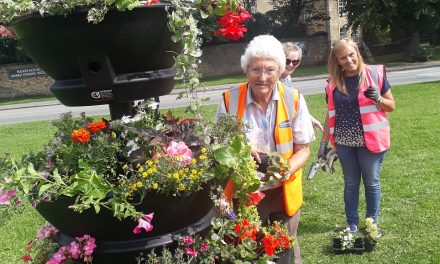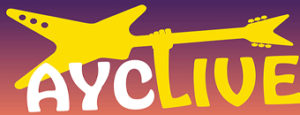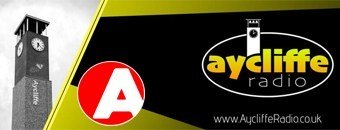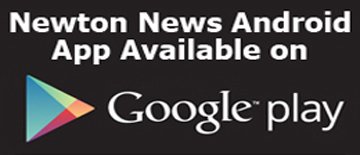Our fabulous year 4’s held a collective worship for the whole school and families all about Science to highlight World Space Week, which is between 4th and 10th October. It is a celebration of space science and technology that can improve conditions for humans on Earth. It always starts on 4th October because Sputnik 1 was launched on this date in 1957.
Sputnik 1 was the first artificial satellite around Earth. There are over 4500 satellites orbiting Earth right now. They are used to benefit billions of people around the World. Some of these benefits include collecting information from space to help us understand issues of climate change and pollution. Aeroplanes, ships and cars use information from satellites to find their way from place to place. Satellites are also used to help predict the weather forecast all around the World. Communication satellites help send radio, telephone calls, computer information and television signals all over the World.
The theme this year is Space and Entrepreneurship. This means finding out about businesses linked to the space industry. There are lots of different areas that people can work in such as:
Building and launching their own small satellites, designing new products to use in space, offering services to help people working in space and transport goods to the International Space Station. The International Space Station took 11 years to build. Different parts or modules were built on Earth then launched into space to be joined together. Astronauts spent hours constructing it, which is 109 metres long! One of the modules has enabled humans to survive and live on it to work. It provides life support systems, electrical power, processing information and flight control systems. They complete investigations. The record for the longest time in space is held by Peggy Whitson, a NASA astronaut, who spent 665 days in space which is over 1 year! One new area in the space industry is space tourism, which allows people to travel into space for leisure rather than work. Businesses, such as Virgin Galactic, aim to make it possible for more people to travel into space. However, the costs would be from £200 000 for a 15-minute ride to the edge of space and back, or around £40 million for a flight into orbit! Since 1957, many countries have dedicated time, money and resources to investigating space. Astronauts have trained for trips in space and many people know of famous scientists.
Here are some of them:
• Yuri Gagarin was the first person to travel into space.
• Valentina Tereshkova completed lots of parachute jumps which helped her get into a space programme.
• Neil Armstrong was the first person to step on the moon. After stepping on the moon, he famously said “That’s one small step for man, one giant leap for mankind.”
• Tim Peake was the first British astronaut to do a spacewalk and was honoured by the Queen while in space.
• Mae Jemison was the first black woman to become an astronaut. She orbited the Earth for more than a week on board the Space Shuttle Endeavour.
• Sally Ride was the first American woman to go into space. After retiring from NASA, she worked on several children’s books about space exploration.
• Gherman Titov was the youngest astronaut to fly in space at 25 years old. He was the first person to sleep in space.
• Eileen Collins was the first female space shuttle pilot. She was the first person to pilot her spacecraft in a full rotation, like a somersault, so that the bottom of it could be checked for damage.
• Koichi Wakata was the first Japanese commander of the International Space Station.
• Kalpana Chawla was the first female astronaut from India to go on an expedition into space. There is a hill on Mars named after her.
We learnt so much about Science and people who played such an important part in it.
Well done to you all, we learnt so much from you and are proud of your bravery and hard work!
World Space Week
